Generators
A big part of Sails, like any framework, is automating repetitive tasks. Generators are no exception: they're what power the Sails command-line interface any time it generates new files for your Sails projects. In fact, you or someone on your team probably used a generator to create your latest Sails project.
When you type
sails new my-project
sails uses its built-in "new" generator to prompt you for your app template of choice, then spits out the initial folder structure for a Sails app:
my-project
├── api/
│ ├─ controllers/
│ ├─ helpers/
│ └─ models/
├── assets/
│ └─ …
├── config/
│ └─ …
├── views/
│ └─ …
├── .gitignore
…
├── package.json
└── README.md
This conventional folder structure is one of the big advantages of using a framework. But it's usually also one of the trade-offs (what if your team or organization has made firm commitments to a different set of conventions?).
Fortunately since Sails v0.11, generators are extensible and easy to check in to a project repository or publish on NPM for re-use.
Sails' generators allow you to completely customize what happens when you run sails new and sails generate from the command-line. By augmenting new apps and newly-generated modules, custom generators can be used to do all sorts of cool things:
- to standardize conventions and boilerplate logic for all new apps across your organization
- to swap out rules in the default .eslintrc file
- to customize how the asset pipeline works in new projects
- to use a different asset pipeline altogether (like Gulp or webpack)
- to use a different default view engine
- to automate custom deployments (e.g. white label apps with one server per customer)
- to include a different set of dependencies in the package.json file
- to generate files in a transpiled language like TypeScript or CoffeeScript
- to start off with all documentation and comments in a language other than English
- to include ASCII pictures of cats at the top of every code file (or license headers, whatever)
- to standardize around a particular version of a front-end dependency (for example,
sails generate jquery) - to include a particular front-end framework in your new Sails apps
- to make it easy to include new Vue / React components or Angular modules from your favorite templates (for example,
sails generate componentorsails generate ng-module)
If you are interested in making custom generators, the best place to start is by checking out the introduction to custom generators. You also might check out open-source generators from the community, in case something already out there will save you some time.
